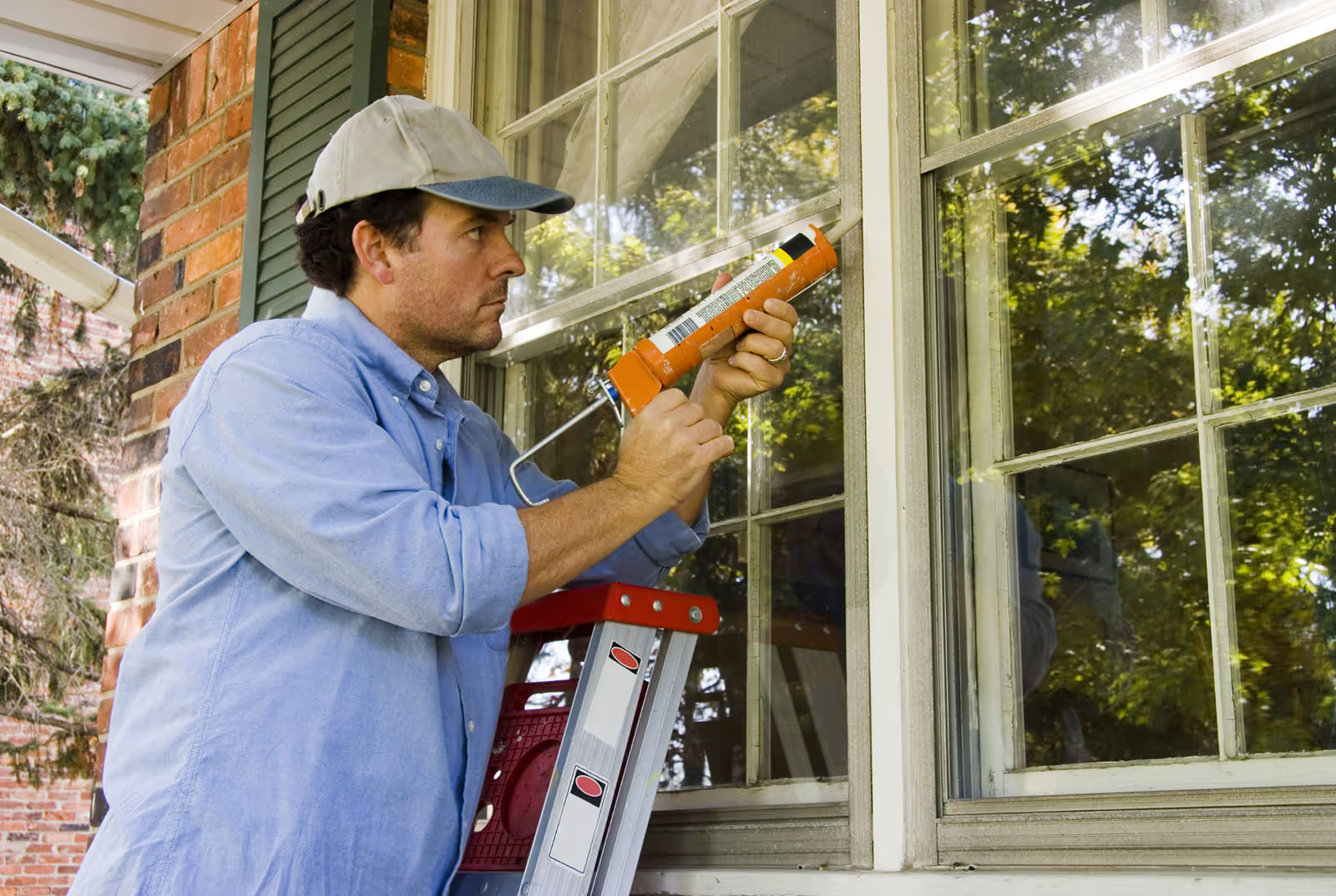Your property’s roofline is one of those things that rarely come to mind when considering an energy-efficient windows replacement.
However, the roofline, which comprises fascia boards, barge boards, soffits, and guttering, is constantly subjected to strong winds, rain, snow, and other forms of extreme weather. By keeping the roofline properly sealed, you can prevent interior water damage that may lead to rot and mould, and effectively direct water away from the roof, walls, and windows (through gutters).
So, strategically positioning your windows in such a way that the roofline can keep harsh weather away from your window replacements can help to improve their efficiency and longevity.
Common roofline problems and fixes
Fascia boards protect and seal the rafter feet. They also provide support for the guttering and roof tiles. Soffit boards, on the other hand, run across the underside of the roofline to protect the rafter feet. Poorly installed or damaged fascias and soffits should be fixed or replaced to protect the integrity of the roof and protect the walls and windows from direct exposure to the elements.
Signs of a damaged roofline include:
- Flaking and peeling paint – Soffits and fascias tends to flake and peel due to exposure to extreme weather conditions. So they should be painted every year to prevent further damage.
- Rot and damp – If you notice damp and rotten sections on your roofline, it should be replaced as soon as possible as the problem spreads quickly.
- Leaking gutters – Poor maintenance of gutters can cause leaves and debris to clog the passages. This can cause leakages, and any water that remains can freeze and expand during the cold months, causing even more damage to the gutter. Cleaning and fixing the gutters should solve the problem.
- Infestations – Small damp spaces and rotten fascias can attract many kinds of insects and rodents.
- Birds nests – It is not unusual for birds to make their homes in disused chimneys or rafters. You should be careful when moving these birds as they may be protected species. Seek professional help before taking any action.
- Asbestos – Asbestos could be a problem for homes built before the 1990s. It was used as a fire retardant, but prolonged exposure can cause lung problems.
These problems should be handled by professionals to avoid causing more damage to your home. For damaged fascias and soffits, you can choose either a full replacement or capped fascias.
Capping Fascias
This option is ideal for homeowners who don’t want to paint their fascias or soffits again. Instead, professional overcapping, or overboarding, can add decades of maintenance-free life to the roofline. The service provider should start by inspecting the fascias for rot or infestation. Any damaged areas can be replaced with matching wood, treated, and then capped over.
Full replacement
This option is mainly recommended for large areas of rot or infestation, including those located at the top edge of fascia boards due to insufficient roof pitch or a lack of slate or tile cover.
Should you replace your windows or soffits and guttering first?
Some home buyers are concerned about purchasing old homes that have their windows fitted up to the roof due to the risk of leaks coming in from the top. But provided there is no damage to the roofline or rafters, and the windows are professionally installed, the risk for leaks – even with heavy downpour – is minimal.
There is also the risk of fascia capping impeding the ability to open high windows. Indeed, the extra 9mm of capping can be a problem if the window is placed very close to the roofline, making it impossible to open the window beyond a certain point. However, this problem can also arise with full fascia replacement. Working with professional roofline repair/replacement technicians is the best way to avoid this problem.
If you notice that your roofline is damaged, it is a good idea to fix or replace it first before getting your energy-efficient windows replacement. This is because there is a high risk of debris falling from the roofline during replacement, which may damage your new windows.
Timely roofline repair may also help to eliminate other problems, including:
- Wood rot and roof problems
- Water pooling near the foundation, which could compromise the foundation
- Water settling on the exterior of your walls, increasing the risk of basement flooding
- Damage to your landscaping
- Rotting on the porches or decks
- Stains on siding
- Increased gutter wear to the extent of falling off, resulting in serious damage to the roof, fascia, and soffit
The bottom line
Installing your energy-efficient windows replacement under your roofline protects them from the direct impact of the elements, which in turn increases their longevity. Additionally, keeping your fascias and soffits in good condition offers a myriad of other aesthetic and functional benefits, and eliminates costly repairs and replacements later on.








